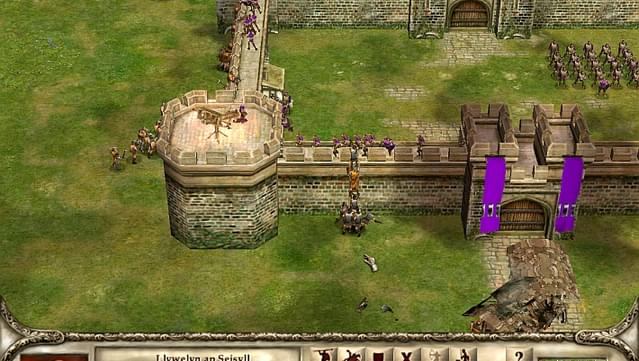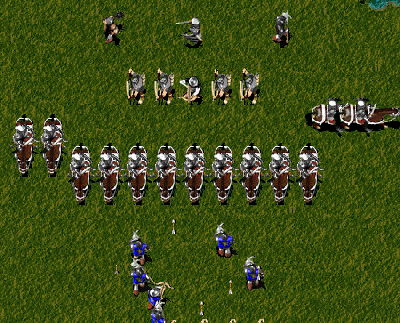

You will be happy you did, especially when the black death hits. Always use all your fields for wheat regardless. 11 Fields of wheat is enough to sustain all your people indefinitely with just wheat. No advanced farming, but you are welcome if u want to try. Keep taxes at 5% always once at 100 happiness.

If you don't consistently have an AVERAGE of 1800 people, you are playing this game terribly wrong. However, as your counties mature and they're upgraded to norman keeps and have a population of over 1000 people, average density probably starts to pay off.Įdit: see post #4 below for further infromation on wheat vs cattle and low vs average herd crowding. The extra labor is going to mean more hands for reclaiming fields and castle building etc. However, the second order effects on your population from the improved health and faster happiness recovery are very hard to quantify and may well be worthwhile as your territory becomes more mature.Īt this stage, it's still a subjective opinion, but I think that low crowding is definitely the better option where a county has yet to mature into something really useful, wherever possible. This trade off would clearly be bad if you're using a motte and bailey or worse. The iron and wood are worth 254 gold as sold goods and would cost 508 gold to buy. High density, double rations, 10% tax (not possible every turn):

Yet another alternative would be to use the extra food produced at your mature counties to supplement recent conquests.Ī quick check of one such county with a stone castle, 1500 population, and 5 cattle fields produces these results: The extra rations also seem to keep county health high which means more people and more taxes and faster population growth. In my last run, I tried going with average herd density and double rations any time my wheat harvest put me over 3000 wheat and using the extra happiness to boost taxes or alternatively I can use the more frequent doubled rations to more quickly restore happiness after conscription. Going to high density is definitely too labor intensive, as anybody who has taken one of the knight's counties knows. On the flip side, average density means more cheese and more meat every turn. Low density is definitely more labor efficient, which leaves more labor available for other jobs. Low density would mean about 10 cows per field and average would mean about 20 cows per field. The question I've been struggling with is whether those cattle fields should be low or average density.


 0 kommentar(er)
0 kommentar(er)
